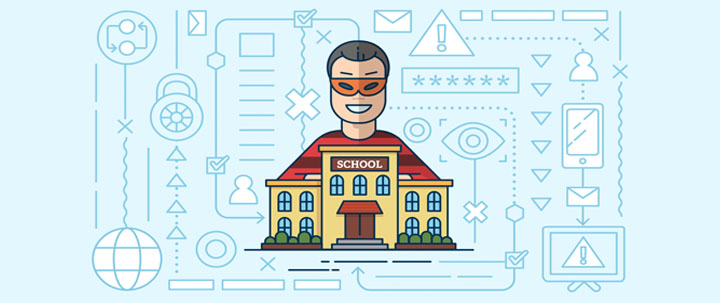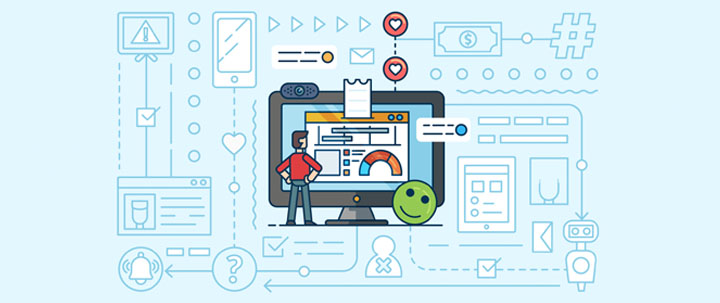By Carrie Dagenhart (Tech Writer)
IT managers in education understand that when their school districts start investing in devices for students in hybrid learning, it can not only get very expensive but also quite challenging to track devices spread all over private homes as well as school campuses.
This is why it's crucial to have a good asset management system for hybrid and distance learning scenarios that will benefit your bottom line.
Hybrid Learning Is Here To Stay
After the pandemic forced schools to send students and faculty home indefinitely in 2020, school districts in the US spent billions on technology to enable distance and hybrid learning. Practically overnight, public and private institutions ushered in their digital transformations, investing in laptops, tablets, and various new software tools to mitigate disruption to students’ education.

While many students have returned to classrooms, these technologies have become an essential part of the learning experience. But they also represent a hefty line item. And for school districts already struggling to stretch their budget, maximizing the life cycle of these devices is critical.
But how should IT departments in schools go about tracking these assets? Is asset management software worth the cost, or should schools handle this manually? And, if districts do invest in a solution to ease the burden, what extra benefits will they enjoy?
What Exactly Is Asset Management Software?
Asset management software is a solution that enables IT professionals to record, organize, track, and update important details about various hardware assets in real-time. IT departments rely on asset management tools to keep track of everything from employee mice and keyboards to servers and HVAC equipment. For schools, asset tracking ensures IT teams are fully up-to-date on the physical location of everything that’s been loaned to faculty and students.
Depending on the software you use, asset management works in a variety of ways. One popular method is to affix a barcode to each asset. Then, using a single handheld barcode scanning device, you can rapidly scan those barcodes. This allows IT teams to quickly capture and record details, and perform tech audits in record time. Additionally, SherpaDesk’s PSA and asset management solution integrates seamlessly with your support platform so you can track all of your tech assets in one convenient location. Best of all, anyone can see real-time data about each asset anytime from anywhere.
Drawbacks to Manually Tracking Assets
I know what you’re thinking: Asset management software sounds like an additional cost. Why pay for a new solution when the process you’ve been using for years still works?
For several years, businesses and educational institutions tracked borrowed items manually through spreadsheets and physical record books. And you may be among the schools that still do. But, much like recording checked-out library books by hand, organizations have recognized that this process is tedious, time-consuming, and, ultimately, highly inefficient. So while you might save money on the front-end by not investing in new tools, it will cost you in the long run.
Here's Why You Need Asset Management Software:
Your Tech Support Is Already Spread Thin
IT pros have a lot on their plates. Even before the pandemic, tech teams were overburdened by an ever-increasing reliance on technology. Now, with distance and hybrid learning becoming normalized, demands on IT pros have reached an all-time high. Performing audits ties up these already over-extended pros and has a ripple effect across your school organization. Less time addressing tickets means larger backlogs and longer wait times.
Excel Doesn’t Track Changes
Some schools rely on digital spreadsheets, but tools like Excel don’t allow for single-user sign-on and don’t track who has made changes. This can lead to all sorts of mistakes and confusion. With multiple different versions of documents, it’s nearly impossible to keep up with what is where — rendering the entire process useless.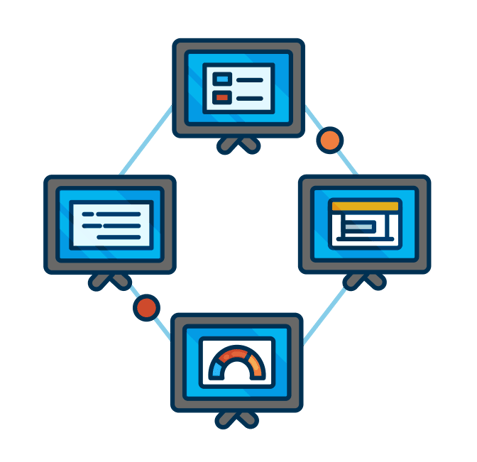
Human Errors Are Inevitable
People aren’t perfect — especially when they’re busy and pulled in several directions at once. Even the best and most diligent IT professionals can make mistakes when recording or auditing tech assets manually. And these tiny errors can cost your school district big.
In other words, by continuing to rely on manual asset tracking, you’re doing a disservice to your school district — and your IT teams’ sanity. Luckily, there are other options.
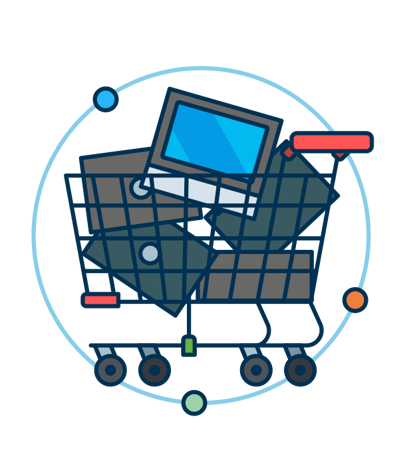 Benefits of Using Asset Tracking in Hybrid and Distance Learning
Benefits of Using Asset Tracking in Hybrid and Distance Learning
Adopting new solutions for tracking assets is an excellent option for any organization, but it’s especially useful for schools that offer hybrid and distance learning. Here are a few benefits you’ll experience by using digital asset tracking:
Find Assets Faster
How long does it take you to hunt down a single tablet, laptop, or other asset using your current system? If you’re relying on paper records, spreadsheets, or another traditional method, it probably takes a while. And even when you get your hands on the data, it may not always be accurate or up-to-date. With a reliable digital asset tracking solution, you find the location of any tracked item at-a-glance. This helps you resolve tickets faster, and helps you keep an eye on your inventory.
Reduce Tech Budget Bleed
Replacing lost and missing technology can get really expensive. With asset tracking software, you can identify exactly where something is (or, at least, who had it last) so you don’t end up unnecessarily repeatedly purchasing products. Less budget bleed means you’ll have more money to invest elsewhere.
More Accurate Reporting
When you have a highly detailed report of each item you’ve purchased and how it’s being used, administrators will have an easier time proving to the school board how they’re allocating resources. This is especially useful for appealing to decision-makers for more funding.
Know When Hardware Is Approaching Its End-of-Life Cycle
When you’re diligent about recording asset data, you can make more accurate projections for the future. For example, if you know the average lifespan of a laptop is about 7 years, and you know exactly when each laptop was purchased and distributed, you can determine when you’ll need to invest in a new batch. Then, when products begin reaching the end of their lifecycle, you can ensure you have a budget set aside for replacements.
Spending thousands or millions of dollars on devices and then placing them in the hands of children who will operate them off-site can be a little nerve-wracking. And while you can’t prevent accidental damage, you can at least stay aware of where each item is located. Having access to this data doesn’t just save time — it’ll give you and your team peace of mind too.
Are you ready to give SherpaDesk's asset management tool a spin? Sign up for a free demo to discover how asset management software is the right tool IT managers need in their tech arsenals today.

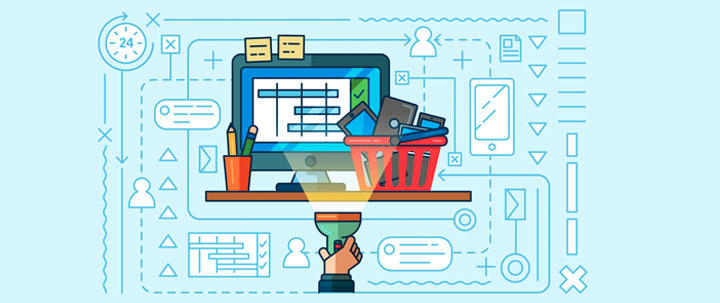

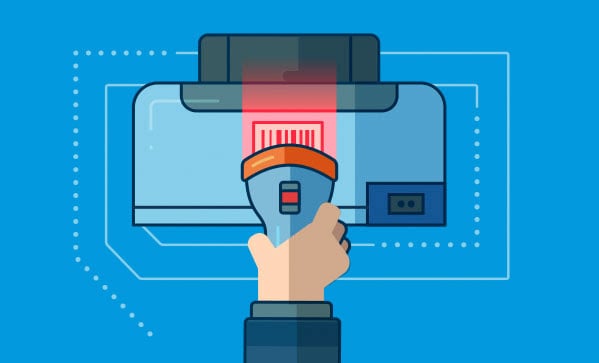
%201.png?width=559&height=559&name=close-up-women-working-with-devices%20(1)%201.png)
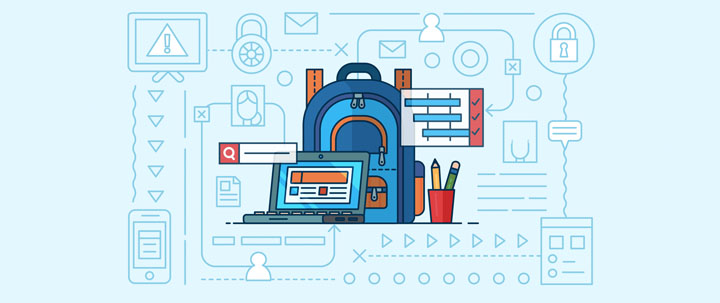

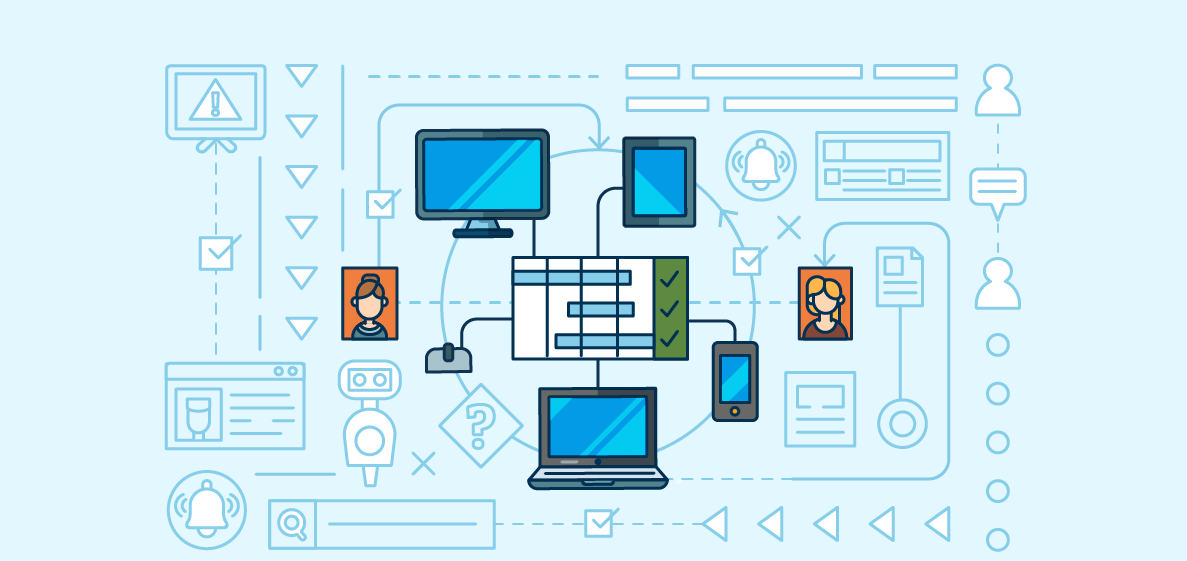
.png)
